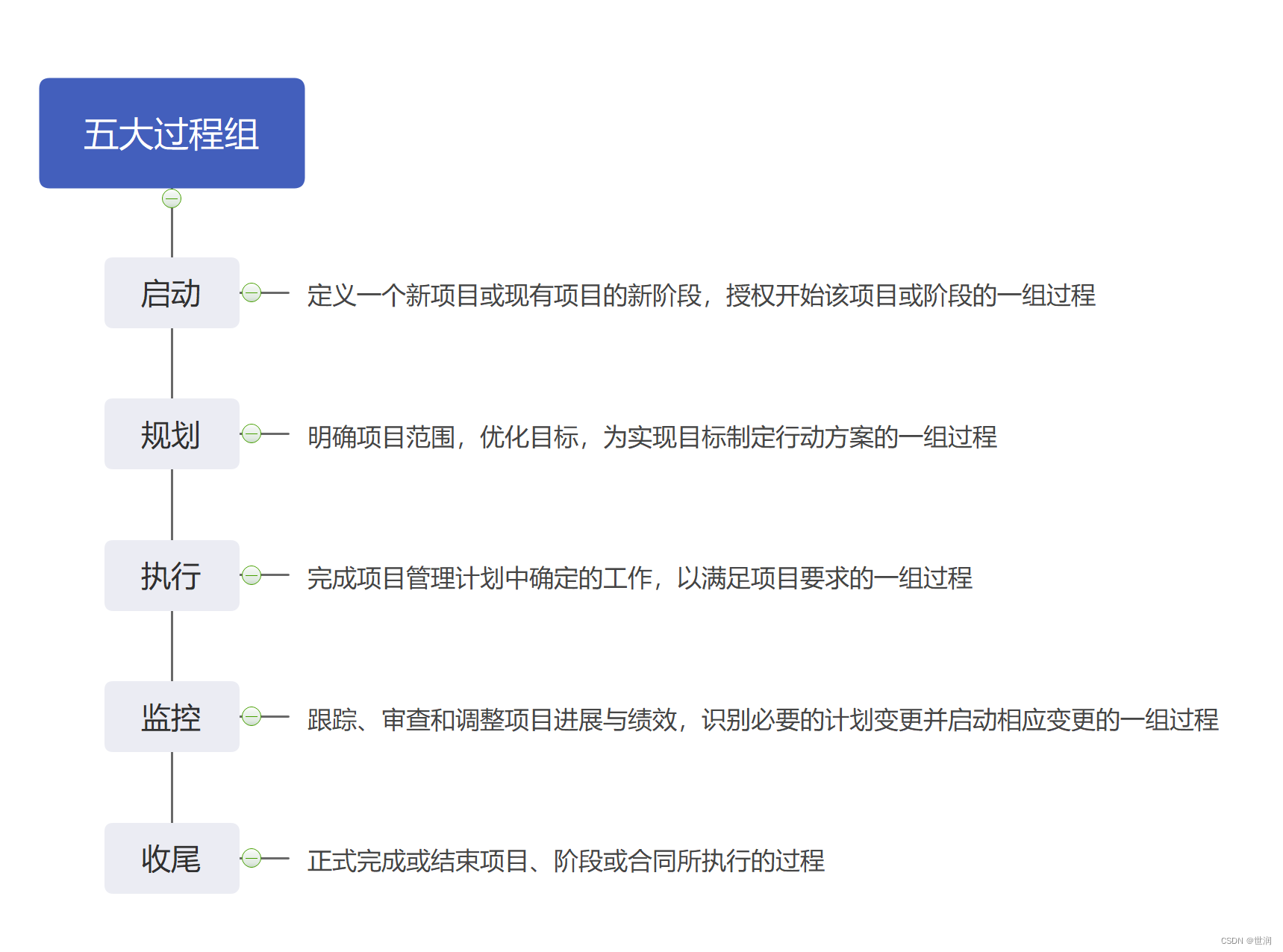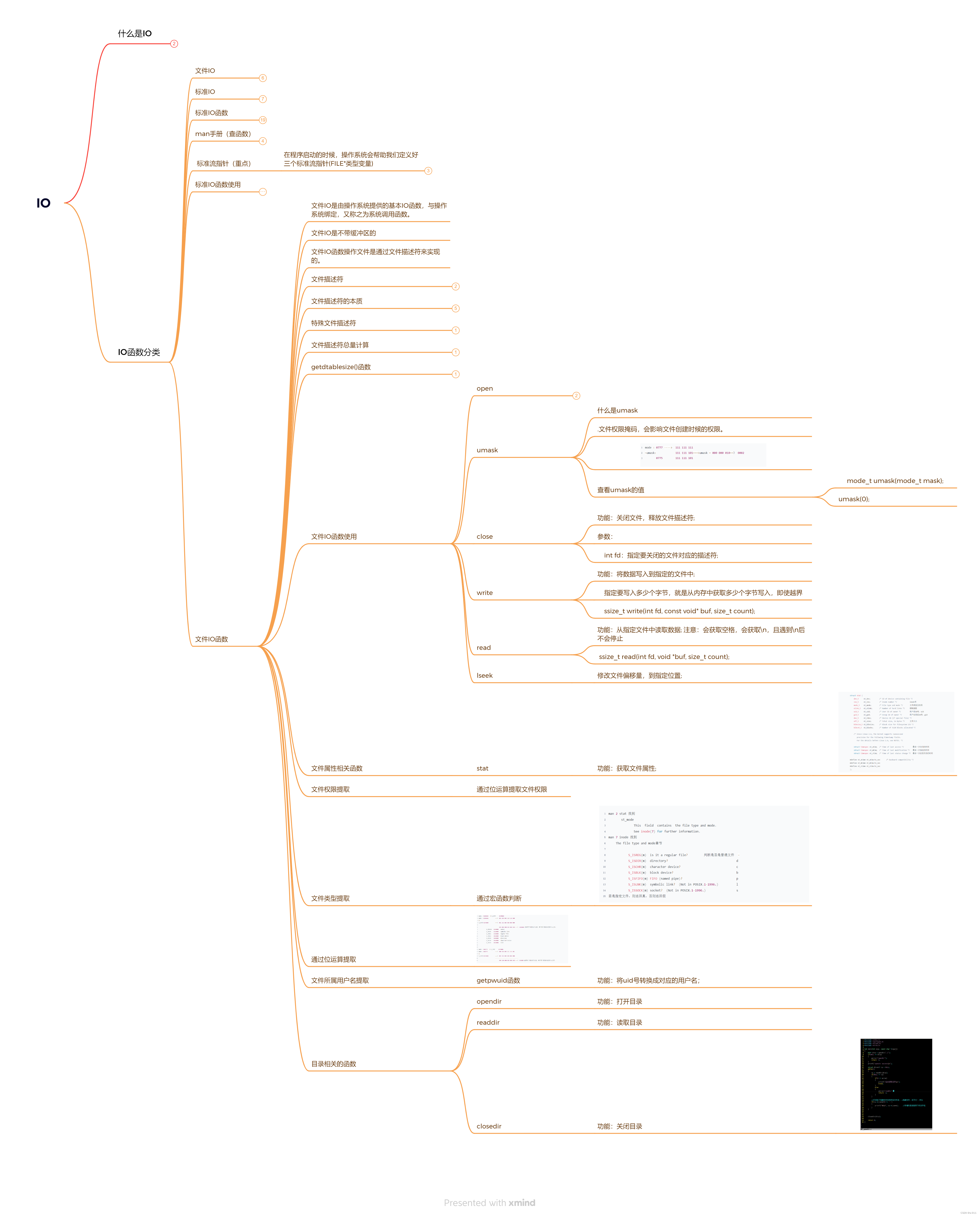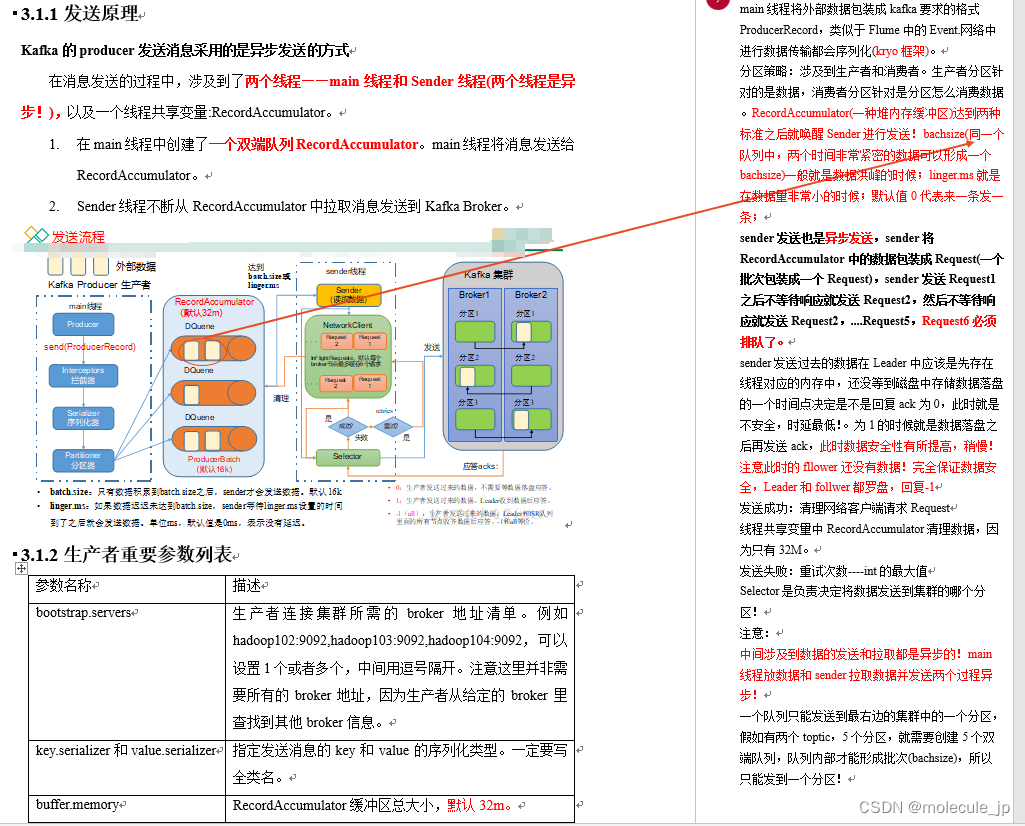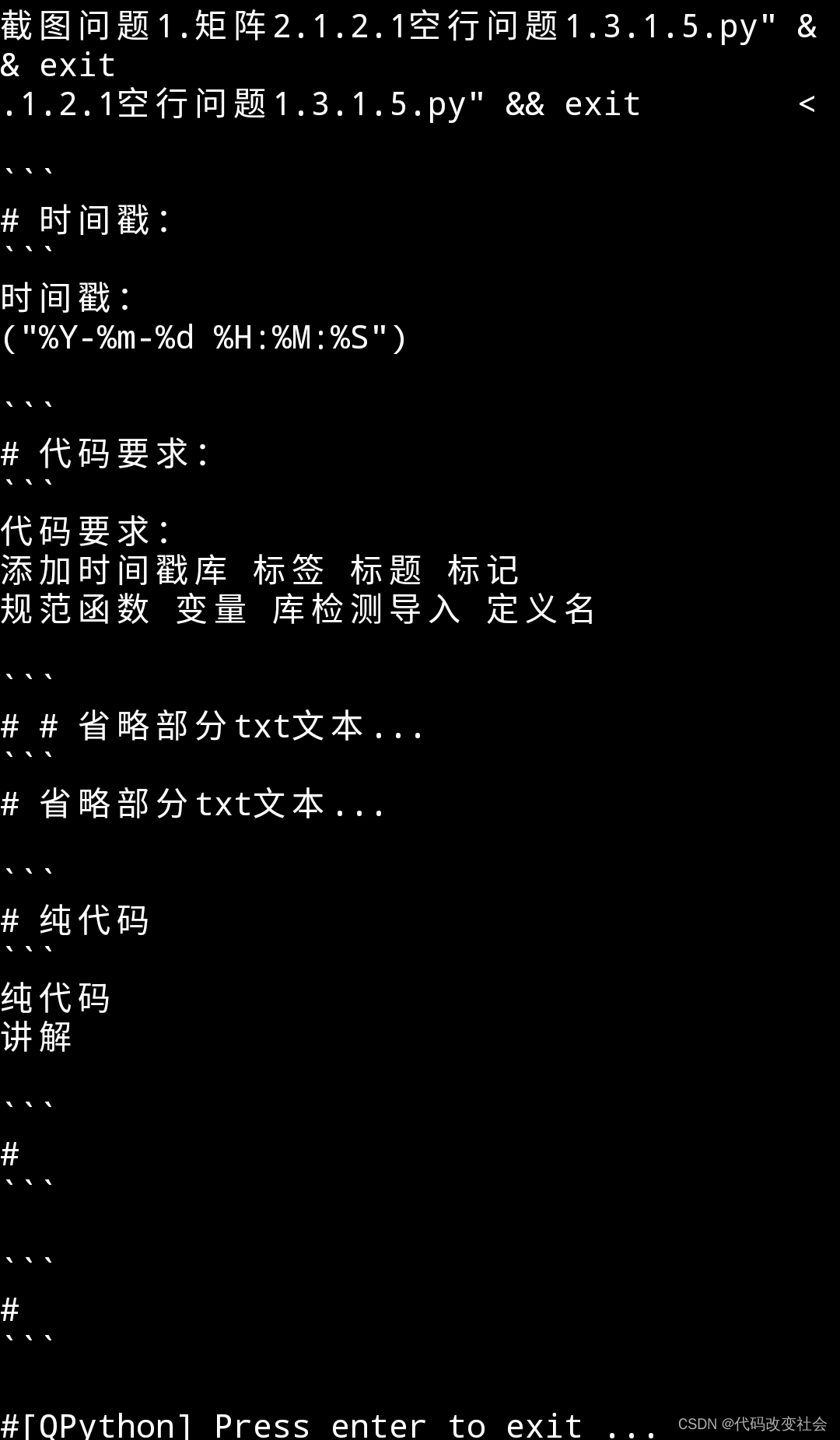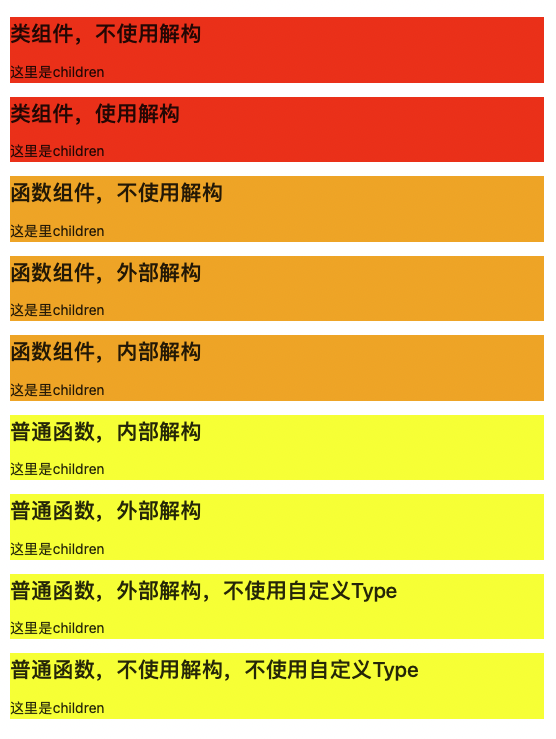1.reduce方法可用接收两个参数:
- 第一个参数:为一个回调函数,此回调函数又可以有四个参数
- 第1个参数:为上一次回调函数return的结果,首次默认为第二个参数值,如果没有第二个参数值,则默认当前数组的第一个元素;
- 第2个参数:为当前元素;
- 第3个参数:为当前索引值;
- 第4个参数:为数组本身;
- 第二个参数:可以设定任何值,会作为第一个回调函数初次进行时该函数的第一个参数的值
<script>
//使用reduce实现filter方法
const arr = ["March", "Jan", 6, 2, "A", "a"];
//定义第二个参数的默认值为一个数组
const newArr = arr.reduce((acc, cur, index) => {
console.log(acc, cur, index);
typeof cur === "string" && acc.push(cur);
return acc;
}, [333]);
console.log(newArr);//[ 'March', 'Jan', 'A', 'a' ]
//使用reduce实现数字的求和
//第二个参数默认定义0 number类型
const newArr2 = arr.reduce((acc, cur, index) => {
typeof cur === "number" && (acc += cur);
return acc;
}, 0);
console.log(newArr2);//8
</script>运行结果如下图:
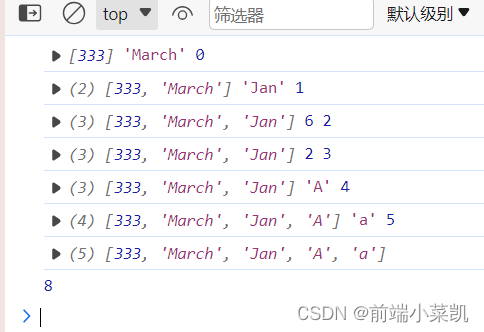
2.reduceRight :参数与使用方法和reduce一致,区别于reduce方法的只是它是从右往左执行的
const arr = ["March", "Jan", 6, 2, "A", "a"];
const newArr = arr.reduceRight((acc, cur, index) => {
typeof cur === "string" && acc.push(cur);
return acc;
}, []);
//这里打印之后可以看出,毕竟过滤了非字符串的参数,还将数组反转了
console.log(newArr);//[ 'a', 'A', 'Jan', 'March' ]如上图所示,当你想对一个数组进行反转加过滤等操作的时候,这个方法就完全突出了他的便携!
![[Mono Depth/3DOD]单目3D检测基础](https://img-blog.csdnimg.cn/162a517ac7514ba88941c1f985230b50.png#pic_center)


